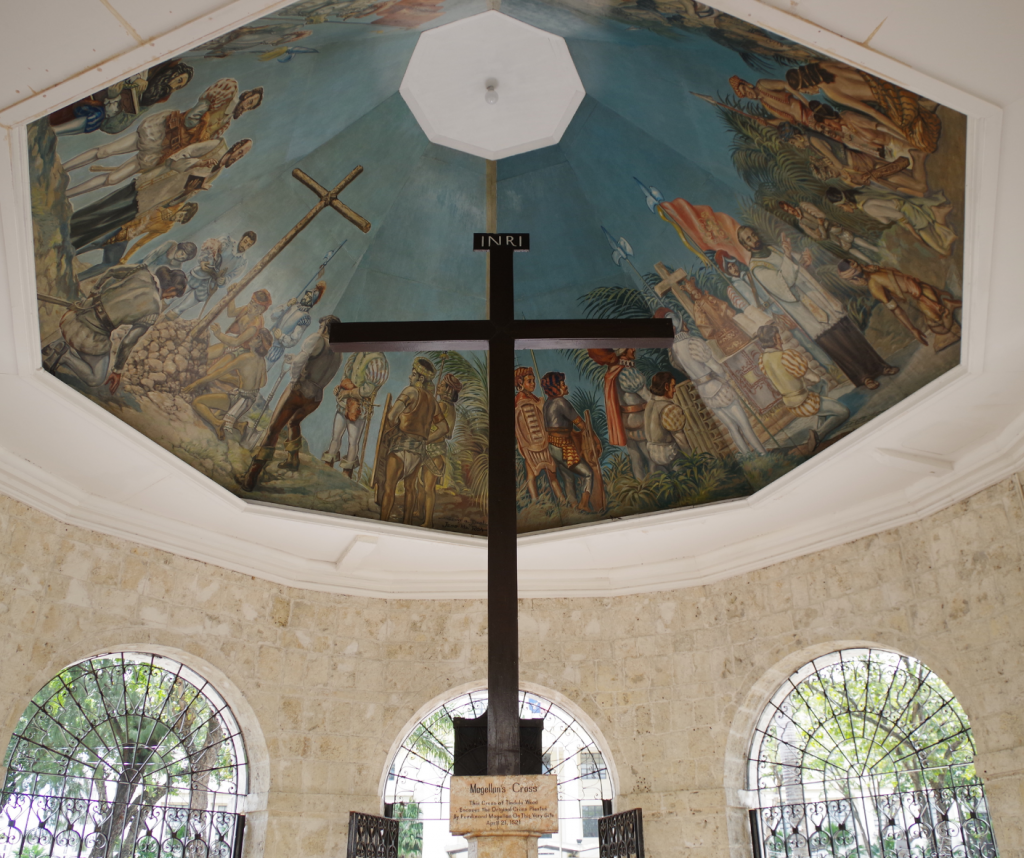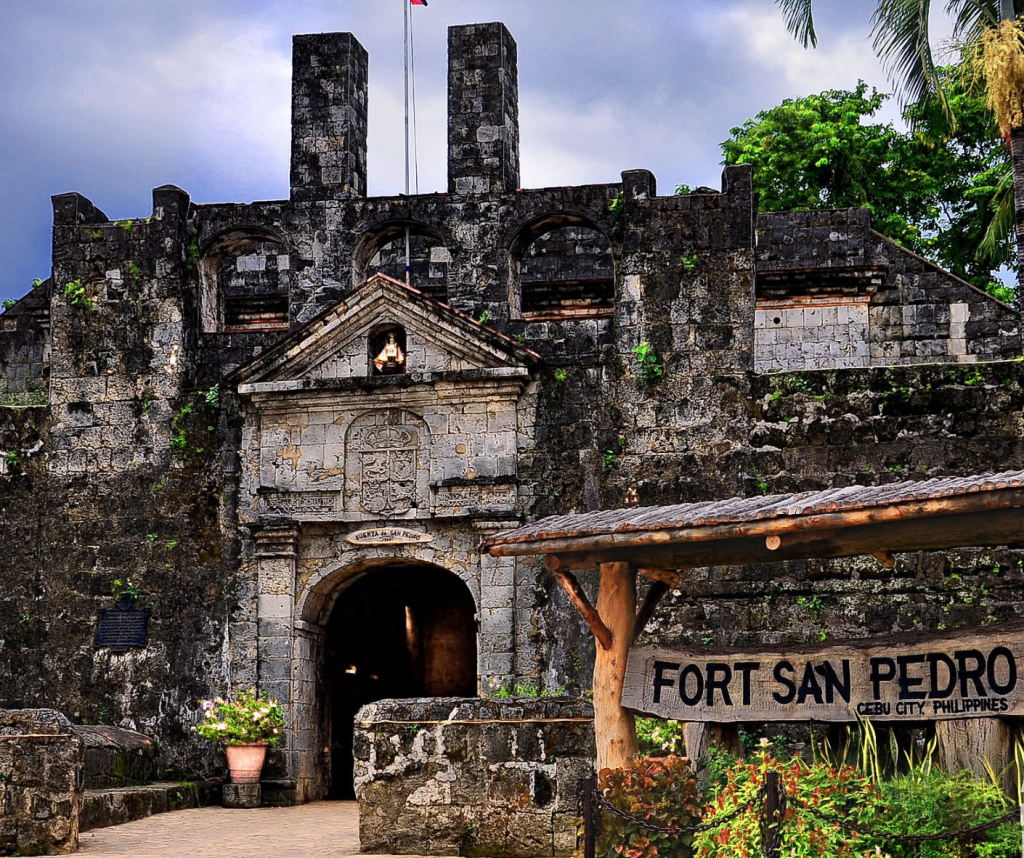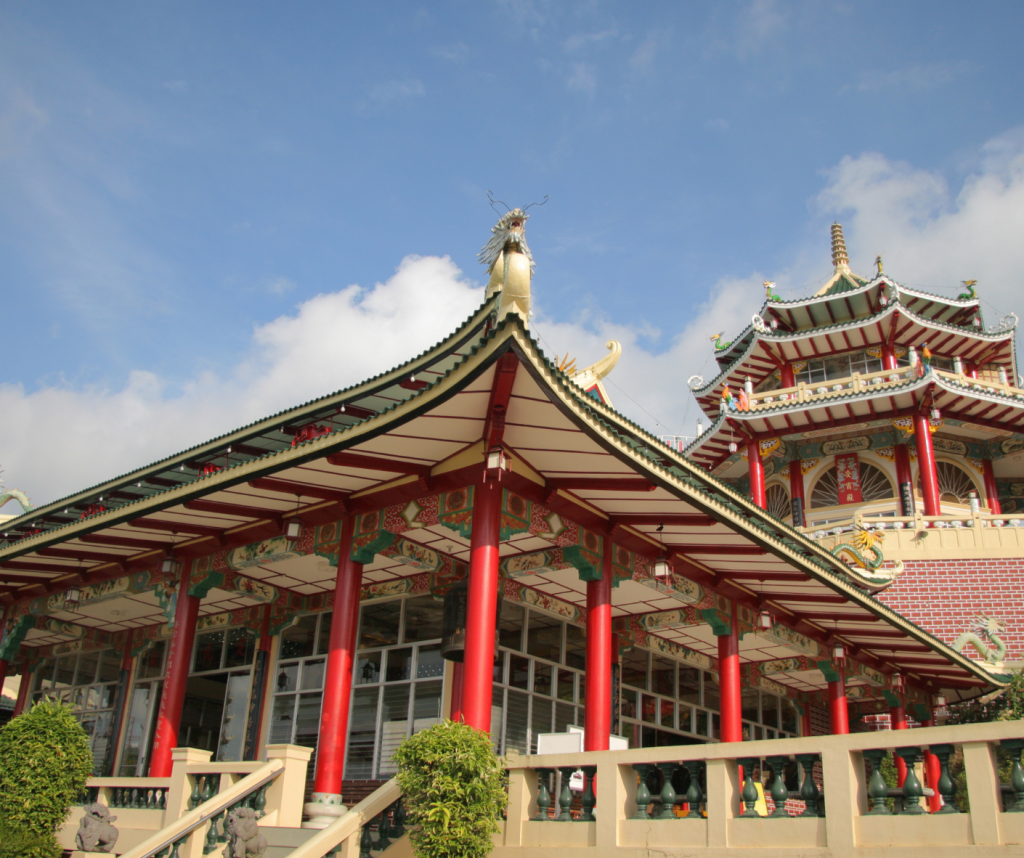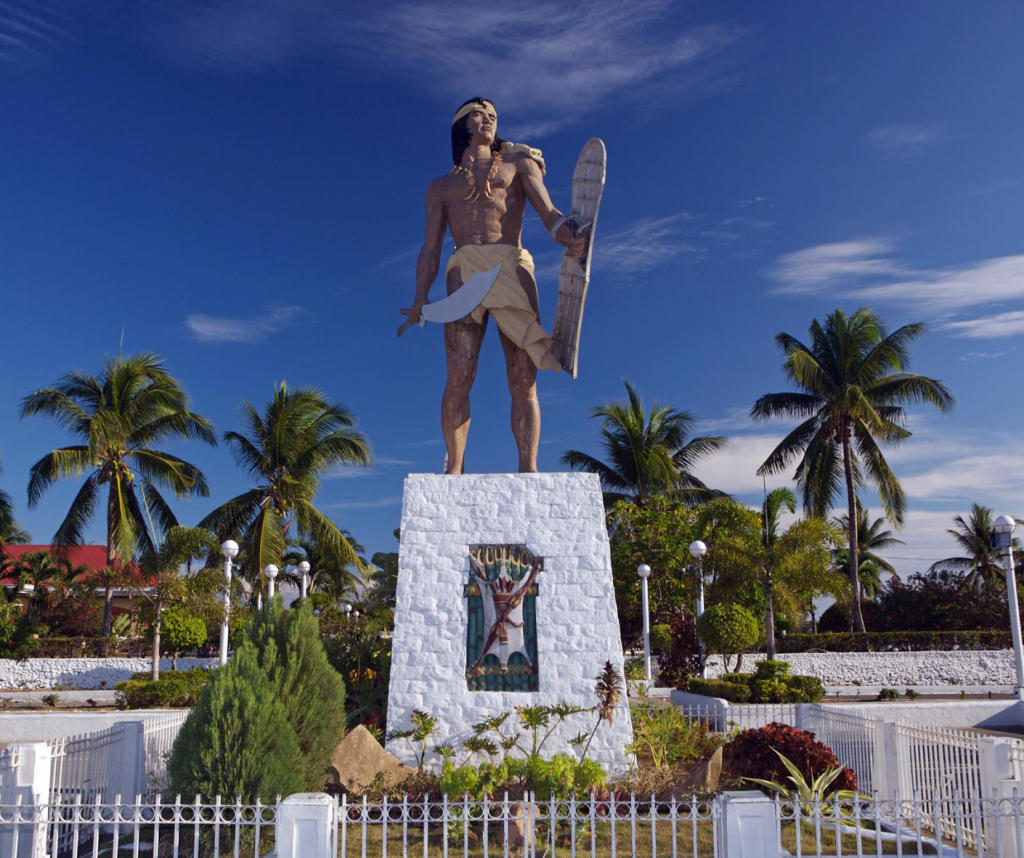Magellan's Cross
Fort San Pedro


Taoist Temple
Afterward, I visited the Taoist Temple, a multicolored structure located on a hill in Cebu City. It was built by the Chinese community in Cebu in 1972 and serves as a place of worship for Taoists. The temple’s architecture is a blend of Chinese, Filipino, and European influences, and it is believed that the temple’s feng shui and architecture have brought good luck to Cebuanos.

Lapu-Lapu Shrine

My historical tour of Cebu was a memorable experience. It allowed me to learn more about the province’s rich history and culture, and to appreciate the contributions of its people to the development of the country. Cebu’s historical landmarks serve as a reminder of the country’s past and a testament to its resilience and perseverance in the face of adversity. I highly recommend visiting Cebu for a historical tour to anyone who wants to learn more about the Philippines’ past and culture.








